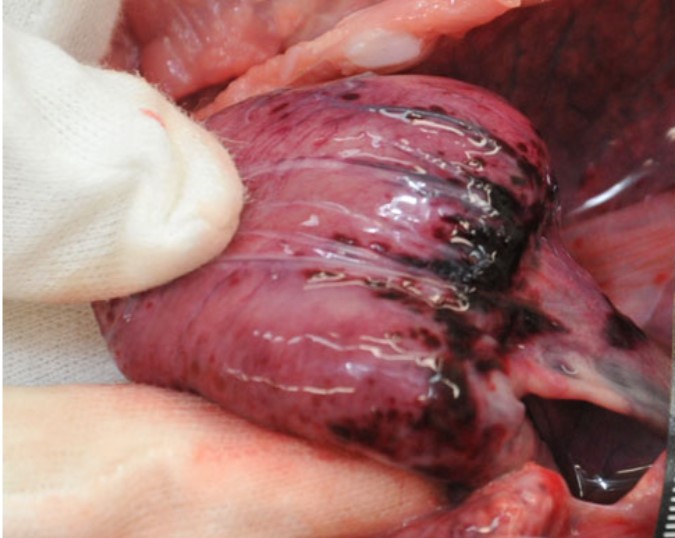A mother of 10-week-old twin boys found the twins dead in separate beds at midnight. She fed them at 10 pm and put them to sleep in a perfect state of health.
A mother found her 10-week-old twin boys lifeless in separate beds at midnight. She rushed to the emergency department where the doctors confirmed their deaths.
She fed her twins cow milk at 10 pm that night before putting them to bed. The mother told the twins looked perfectly fine. She fed them cow’s milk because she had no breast milk production.
In the emergency department, the evaluation of the twins did not reveal any evidence of child abuse nor potentially fatal diseases.
Both parents were in their 30s and had no other children besides the twin boys. The boys were born vaginally without any antenatal or postnatal complications. Neither parent smoked cigarettes or used recreational drugs.
Their immunizations were up-to-date. There was no positive medical history.
While investigating the cause of death, there were no risk factors present which could determine the cause of death.
Examination of the twins revealed two well-developed, well-nourished, male babies, dressed in identical thick cotton garments and disposable diapers. The doctors noticed white stomach contents in and around their mouths and on their faces. However, there were no stains or stomach contents/vomitus on their clothing.
One infant was sleeping with his mother in her bed, whereas the other was sleeping in a separate single bed. Both were in their supine positions.
Around 24 hours after birth, autopsies on both infants revealed similar findings. Autopsy revealed dark purple postmortem hypostasis involving their backs. Their faces were pale and mildly cyanotic. However, conjunctivae neither revealed congestion nor petechial haemorrhages. There were no signs of trauma. However, epicardial surfaces of their hearts revealed petechial haemorrhages. Thymuses had petechiae and larger ecchymoses too. Their stomachs were partially full of undigested milk curds.
Their lungs were markedly congested and edematous, with several petechiae and larger haemorrhages. Microscopically, lungs revealed focal oedema, hyperemia, and intra-alveolar fresh haemorrhages, and some spilled alveolar epithelial cells.
Their blood samples were clear of any insecticide, drugs, or toxins.
In a nutshell, autopsy did not reveal any cause of death. Therefore, the doctors declared SSIDS as cause of death.
Sudden infant death syndrome (SIDS) is a major cause of death within the first year of life. It is death without any evidence of injury or disease. SSIDS is the simultaneous sudden infant death syndrome: i.e. twin infants’ death simultaneously without any cause. The autopsy findings are suggestive of death by asphyxia, likely indicating that the babies were smothered or covered. However, the autopsy was only suggestive and cannot make a definitive diagnosis as the findings were nonspecific.
Source: Sudden twin infant death on the same day: A case report and review of the literature.




